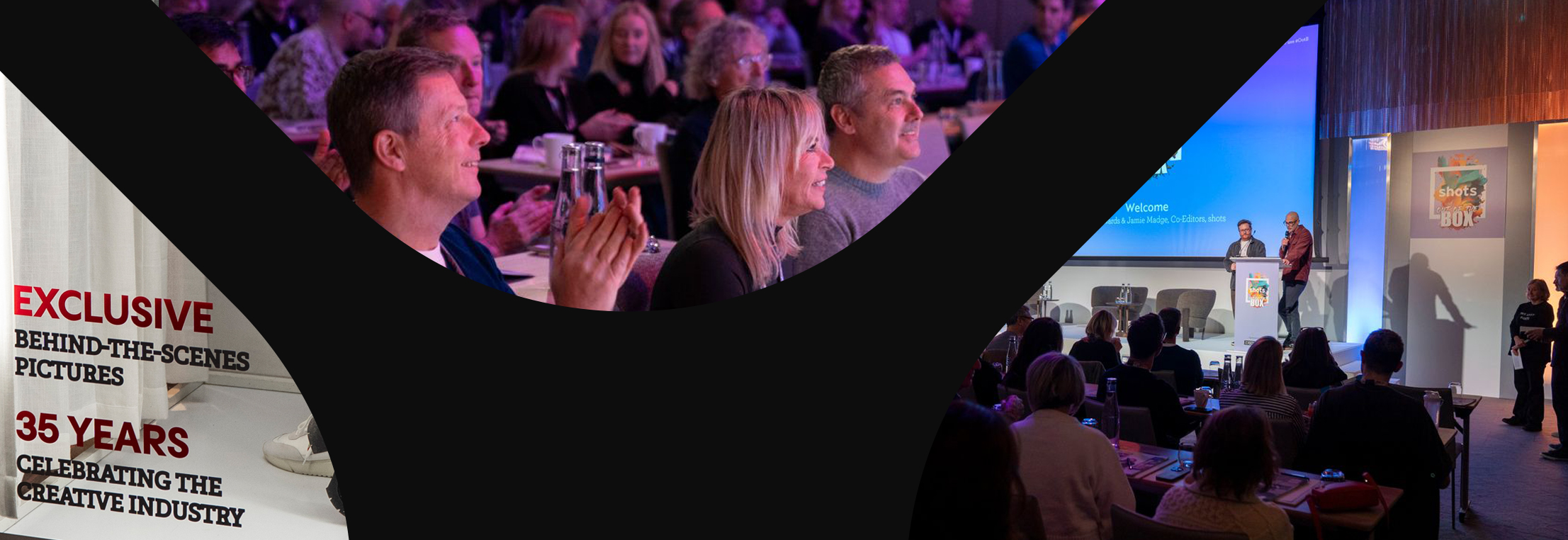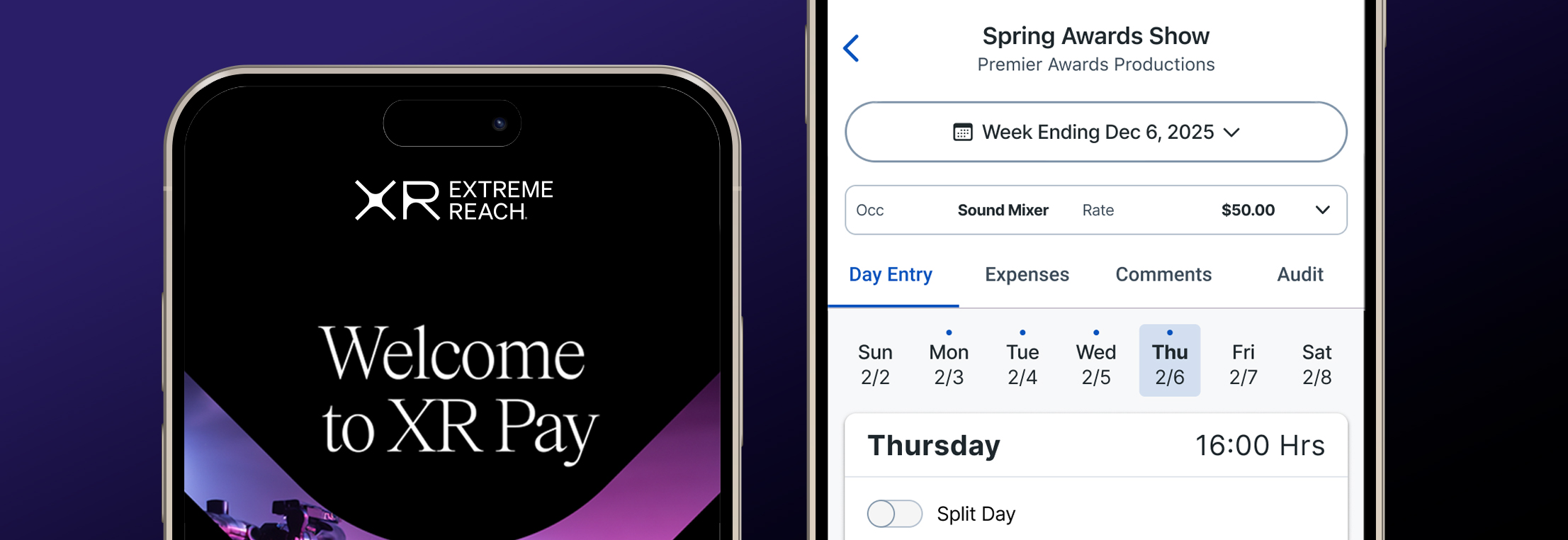Mobile Gaming Attracts Advertisers
The gaming marketplace is continuing to gain popularity at an accelerated clip, and within that sector hyper-casual gaming amounts for a large portion of growth. Often called the “TikTok version of gaming,” it refers to mainly mobile games that are easy to learn, fun to play, can be completed in moments as opposed to hours (or days) and are often inspired by current social-media trends due to their snackable content and low-key commitment requirements. Hyper-gaming audiences tend to be highly diverse, which is a highly sought after attribute for many brand marketers, and players are sometimes known as “hyper-engagers” due to their steady dedication. Here’s what else you need to know.
Perks of Playing
Research from eMarketer indicates that ad revenues for US mobile gaming will hit $6.26 billion this year, with hyper-casual gaming ranking as an easy way for marketers to reach both traditional audiences and those consumers who fall outside the typical gaming definition. In part, that’s because hyper-gaming is so easy. Programs tend to be minimalistic or reminiscent of old-school arcade games, which can strike the right nostalgia chord for certain demographics. “It’s snacky content; you have two to five minutes on a metro, or in between meetings, or wherever,” said Vaibhav Odhekar, COO of mobile gaming ad tech company POKKT. “It’s a form of unwinding—you don’t have a longish play time, but you get in, play and get out as quickly as you can.” Candy Crush is a perfect example of this type of offering, but both app stores and big-name toy brands like Hasbro are churning out new options on a near-daily basis. “We are able to test roughly 800 different prototypes per month on the App Store with real users, and very quickly we can see whether a game has potential,” said Alexandre Yazdi, chief executive of Voodoo SAS, a publisher of hyper-casual games. “On average, two become hit games.” Case in point, a game called “Fill the Fridge” from Gybe Games, which quickly grabbed attention as the summer’s must-play option. Challenges are low-stakes and repetitive, graphics are basic, the play itself is simple to grasp (users can master the premise in a matter of seconds, usually without instructions). This business model relies heavily on advertising.
Currently, 70% of gamers say they prefer playing on a smartphone as opposed to tablets or computers, according to a recent Entertainment Software Association report, which is the ideal platform for a hyper-casual gaming session. For mobile advertisers, quick gaming presents a growing ecosystem of potential consumers who are engaged and receptive to marketing messaging. “These are high-quality users with disposable income that are spending a substantial amount of time within these types of apps,” said Meagan Martino, AppLovin head of demand for EMEA and Americas. And popularity is booming, with the number of hyper-casual downloads rising from 7.51 billion in 2019 to 15.6 billion in 2021.
Global Sport
In terms of reach, hyper-casual games typically command a larger global audience than their console and PC counterparts. That’s due in part to households around the world being less able, or willing, to spend sums of money on dedicated gaming systems and devices—and it translates to a valuable opportunity for marketers. Roughly 60 percent of gamers in Europe and North America regularly play on mobile phones, but in Southeast Asia that figure soars to 87%. “The market is only going to get way more competitive, both in mobile gaming and mobile esports,” said Carlos Alimurung, CEO of Asian-based esports company ONE Esports. Further adding to this trend is the declining typical age at which most consumers acquire their first mobile phone. “People have recognized that the age for someone in America, in terms of owning their first phone, is only getting younger,” said Alimurung. “That trend is only exacerbated in Asia.” In fact, the Chinese government recently issued a weekly three-hour gaming limit for players under 18, due to the country’s skyrocketing rise of hyper-casual gaming among young players.
Meanwhile, Turkey is fast-becoming known as the Silicon Valley of mobile gaming, which is helping counteract the severe economic crisis that’s plagued the Middle Eastern country for the last few years. “Casual and hyper-casual gaming is a field that generates $20 billion out of an estimated $100 billion annually generated by the mobile gaming industry,” said Noga Halperin, CRO at gaming group SciPlay. “Just to be clear, social casinos are an $8 billion industry. Today there are almost 3,000 game makers in Turkey; about 20% of the games that reached the top of the charts in recent years were Turkish games because the hyper-casual field is booming. Not every country that has the desire to expand globally can achieve that.” Since 2017, Turkish-based developers of mobile games have brought billions of dollars and investments to the country, thanks to deals like Zynga’s $1.8 billion acquisition of mobile game-maker Peak in 2020. Due to the success of such ventures, Turkish firms like Ludus Ventures are now funding game developments in other countries, including Singapore, Finland, and the U.S.
Women in Control
In 2020, the mobile gaming market was comprised of 63 percent women, 60 percent of whom played on a daily basis. Those numbers have steadily risen in the last two years. “Women [now] account for a higher level on mobile than they do on console,” said Stanley Pierre-Louis, president and CEO of Entertainment Software Association (ESA). Noting the fact that gaming audiences have evolved beyond teenage boys, makers like Appnile are currently focused on developing games for women, such as Nails Done, a simple concept based on painting and decorating fingernails that’s been downloaded around the world. In a similar vein, High Heels! from Rollic challenges players to walk down runways in mile-high stilettos while collecting prizes and dodging obstacles. Brands are likewise jumping on the bandwagon and finding success with mobile-app games. At-home hair dye company Holly Hair recently launched its Gamer Girl semi-permanent dye line through a Roblox partnership that included virtual hairstyles for gaming avatars plus a collaboration with MeganPlays, a female Roblox gamer who boasts 3.5 million YouTube followers. In early July, Elf Cosmetics got in on the fun by debuting Game Up, a skincare and makeup line focused on gaming with products sporting names like “Bonus Points” and “Rez-Me.”
Though video games have been around for decades, the Covid-19 pandemic caused a further explosion in popularity as millions of users turned to hyper-casual games that were simple to play while working from home during long lockdown months. By some accounts, mobile is now gaming’s fastest-growing game platform, generating revenues of $93.2 billion in 2021, which represents a 7.3 percent increase year-over-year, according to Newzoo’s 2021 Global Mobile Gamers Whitepaper. From 2019 to 2024, experts believe mobile gaming profits will grow at an annual rate of 11.2 percent, making this market an important one to watch. Game on!



.jpg)
